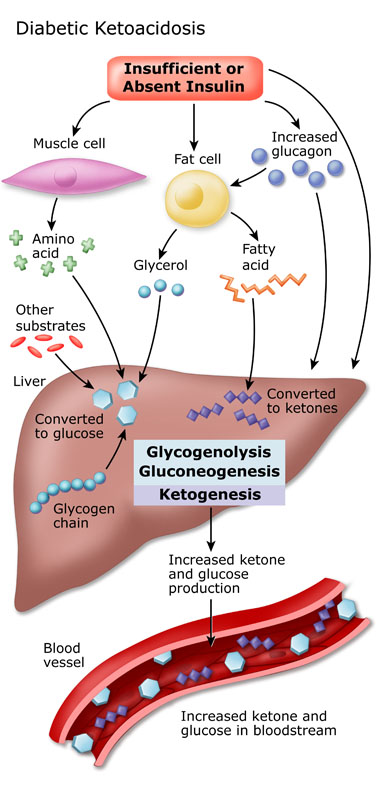UPDATE: Casey Johnson Died of Complications of Diabetes

As we previously reported, Johnson & Johnson heiress, Casey Johnson, 30, was found dead at her home on January 4th. Today the LA coroner ruled that Casey Johnson died of “natural causes,” specifically a serious complication of diabetes called diabetic ketoacidosis.
Diabetes is a chronic disease where the body is either unable to make, or is resistant to a insulin. Insulin is a hormone that is used to break down and store energy (in the form of glucose or “sugar”) from foods. Without insulin, blood glucose and fat levels become too high and, over time, can damage blood vessels and vital organs. To learn more about diabetes, look at our story What do Nick Jonas and Sonia Sotomayor Share?
What is Diabetic Ketoacidosis?
Diabetic ketoacidosis (DKA) is a complication of diabetes that occurs when the body cannot use sugar (glucose) as a fuel source because the body has no insulin or not enough insulin, and fat is used instead. Byproducts of fat breakdown, called ketones, build up in the body. It is much more common in patients with Type 1 diabetes although those with Type 2 diabetes can get it under certain circumstances (such as being triggered by an illness).
Symptoms usually evolve over a 24 hour period can may include:
- Fatigue
- Frequent urination or thirst for a day or more
- Mental stupor that may progress to coma
- Muscle stiffness or aching
- Shortness of breath
- Abdominal pain
- Decreased appetite
The warning signs that a patient is becoming very sick might include:
- Deep, rapid breathing- called Kussmaull breathing-Breathing is first rapid and shallow but as the acidosis worsens, breathing gradually becomes deep, slow, labored and gasping
- Dry skin and mouth
- Flushed face
- Fruity breath (breath odor)-occurs as the body attempts to get rid of excess acetone through the breath
- Nausea and vomiting
- Stomach pain
- Decreased consciousness
- Headache
Diabetic ketoacidosis is a medical emergency and should be seen by a physician, usually at a hospital. Untreated, ketoacidosis can lead to death.
Treatment consists of correcting high blood glucose levels by giving more insulin- usually intravenously. Fluids lost through excessive urination and vomiting must also be carefully replaced, as blood sugar and blood chemistry levels are closely monitored. Complications of DKA can include brain swelling (fluid buildup in the brain), heart attack or death of bowel tissue due to low blood pressure, and kidney failure.
For more information:
| Resounding Health(tm) Diabetic Ketoacidosis |
























1 Comment